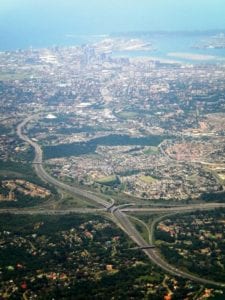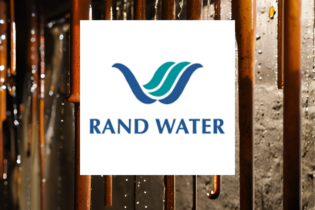On Wednesday 15 October a R22-billion plan for an integrated freight and logistics system was revealed to the private sector in Durban.
The 20-year plan comprises upgrades to road and rail systems, the construction of truck stops, weighbridges and the introduction of sophisticated computer systems linking the port with the truck stops as well as the Ethekwini metro police. The plan seeks to improve the efficiency and capacity of the Port of Durban and also caters for heavier traffic volumes expected once the proposed dug-out port and the Cato Ridge dry port are operational. Louis Potgieter, project manager at Royal HaskoningDHV, presented draft plans revealing the possibility of new rail wagons and rail lines from the port heading inland, with some bypassing Cato Ridge at the unveiling of the plan. Planned road infrastructure would be linked to Sanral’s bvision for a Durban-Free State-Johannesburg logistics and industrial corridor.Sanral regional manager Logashri Sewnarain stated earlier this year that the first phase of the corridor would be the widening of the N3 between Durban and Pietermaritzburg.
The first first phase will also include a dedicated freight lane connecting Durban and Cato Ridge. Potgieter explained other roads that would be upgraded included the N2 and M7. However, not everyone was caught up in the excitement of the proposed plan. Following the presentation, Chris Magagula, director at Wabona Logistics, said he did not have much faith that the municipality’s ambitious plans would be realised. “It’s all good to talk but we need them to deliver on their promises; for example, start by fixing the existing roads before talking about building new ones,” he stated. “They said they want this to be a public-private partnership, but we know that only the big companies are going to get a piece of the pie. The government already knows who it is going to partner with, the emerging contractors won’t benefit.”







